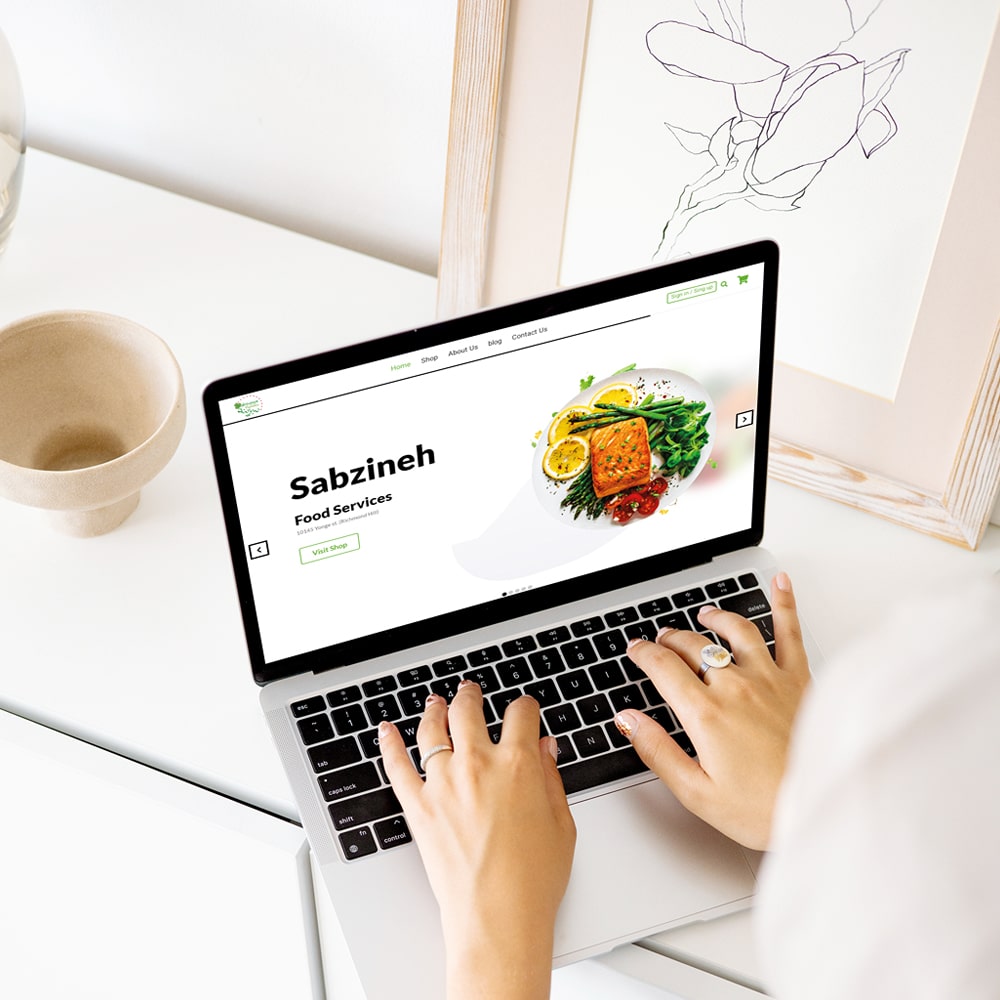
// Get a free consultation
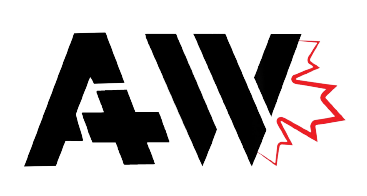
// Get a free consultation
// Services
//exclusive solutions
Personal web design, also known as a personal website or portfolio website, is a website that individuals create to showcase their skills, work, and personality. It’s an online representation of who you are and what you do.
E-commerce web design refers to the process of creating and designing websites that are specifically tailored for online businesses engaged in selling products or services.
Company web design, also known as corporate web design, is the process of creating a website for a company to showcase its products, services, and expertise.
More than 100+ work in our portfolio

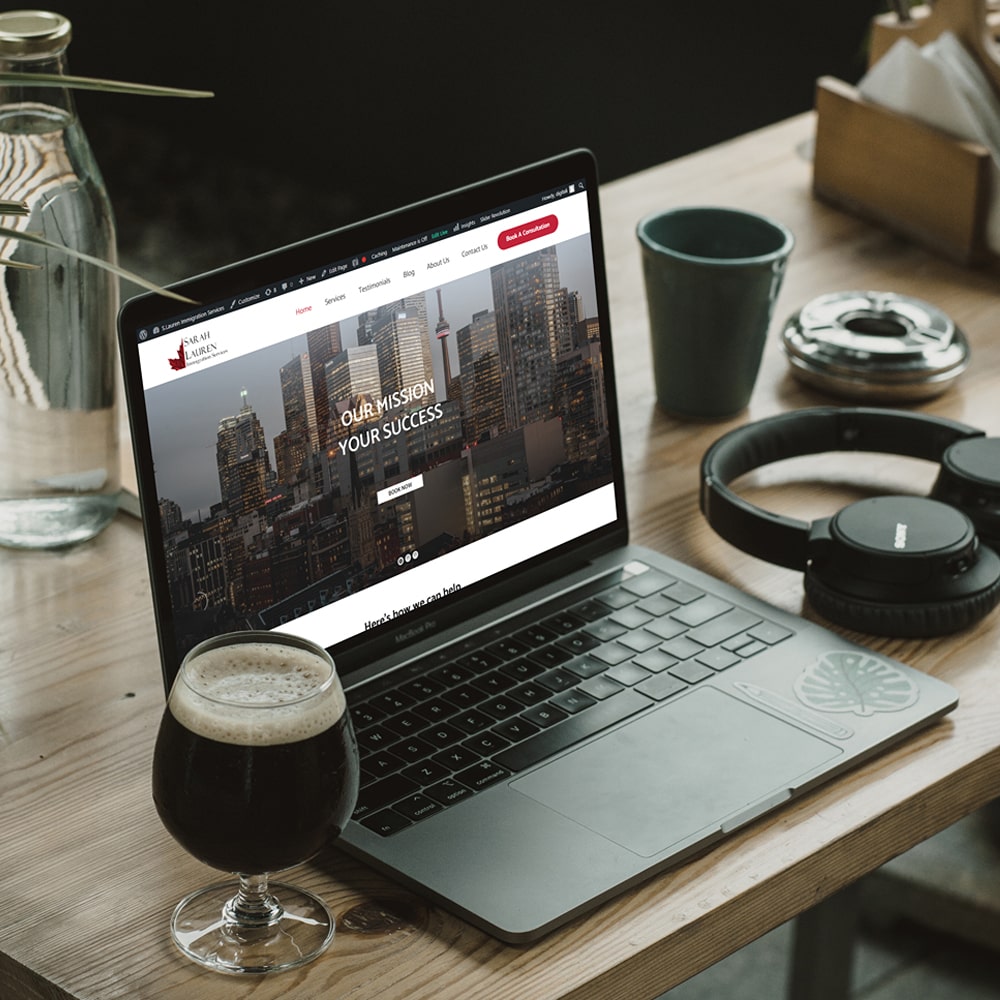
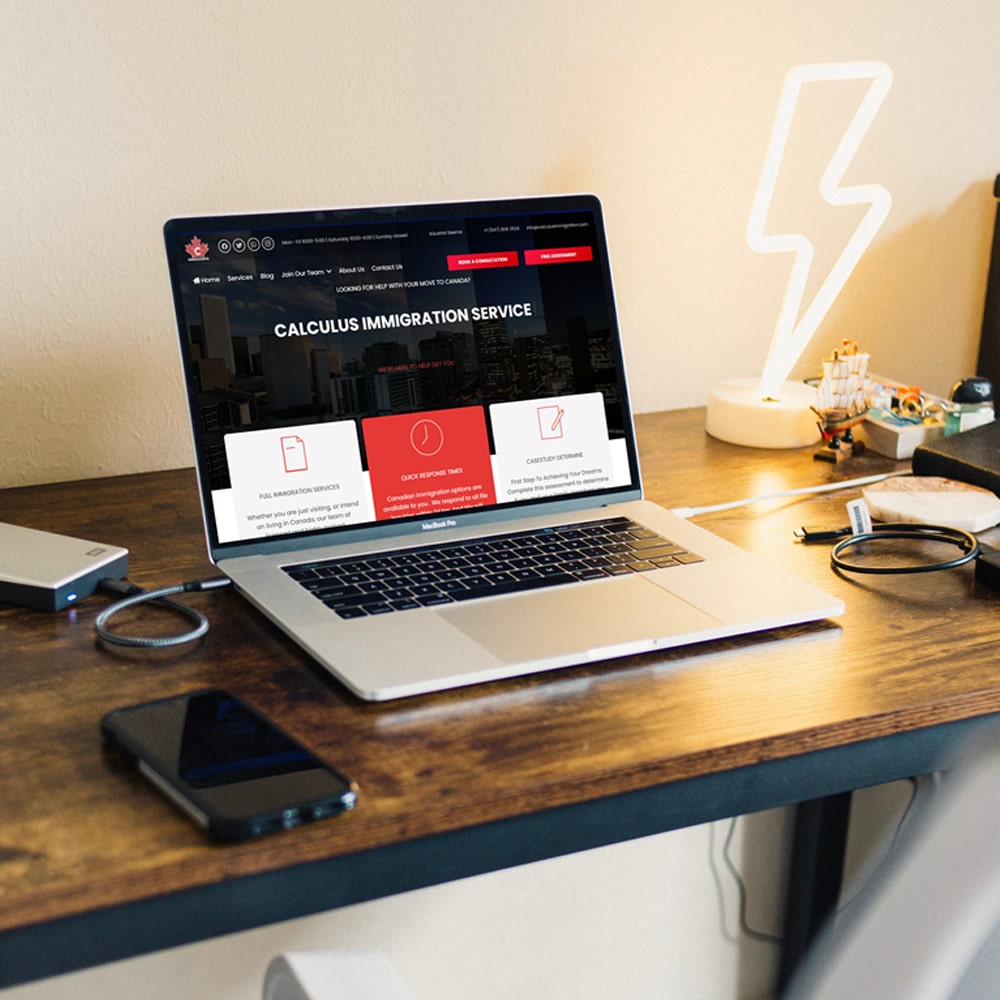

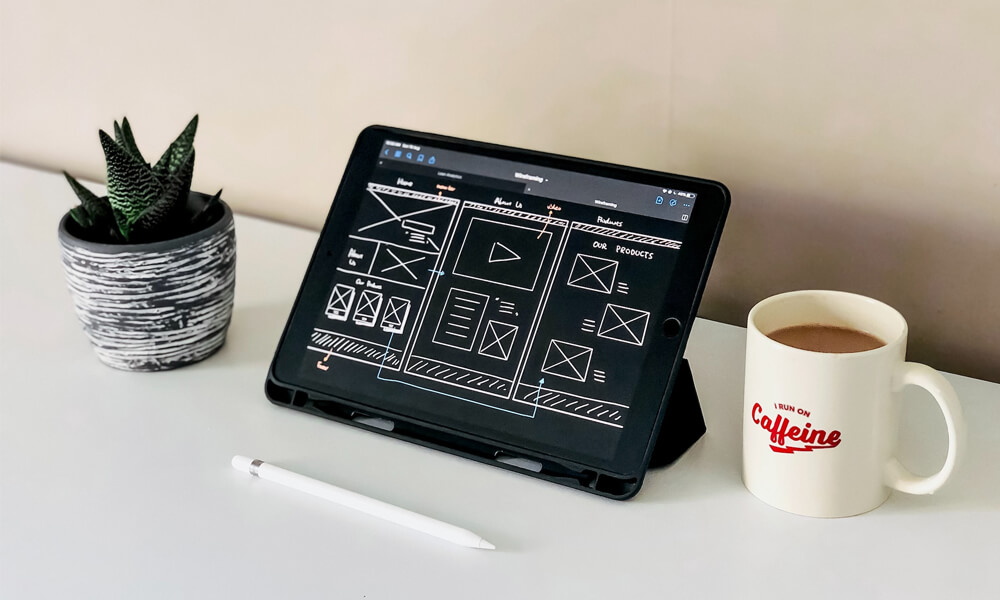










// web design process
web design process can vary depending on the project scope, team size, and specific requirements. Effective communication and collaboration between the client and the web design team are crucial throughout the entire process to ensure a successful outcome.
01 Strategy

We define your competition and target audience. Discover what is working in your online industry, then design your website accordingly.
Color scheme, layout, sitemap, and style. We will bring your brand to life with a one of a kind masterpiece, built just for you.
02 Design

03 Develop

This is where you go live, to the world. Design, marketing, and maintenance; we’ll be at your side for the life of your site.
Color scheme, layout, sitemap, and style. We will bring your brand to life with a one of a kind masterpiece, built just for you.
04 Support

//We will help you
Web design is the process of creating the visual layout and aesthetics of a website, focusing on user experience, graphics, and overall look. It encompasses many different skills and disciplines, including:
Web graphic design: This involves creating the visual elements of a website, such as logos, icons, and images.
User interface (UI) design: This involves designing the way that users interact with a website, including the layout of menus, buttons, and other elements.
Authoring: This involves creating the code that makes a website work, using languages such as HTML, CSS, and JavaScript.
User experience (UX) design: This involves designing a website that is easy to use and navigate, and that provides a positive user experience.
Search engine optimization (SEO): This involves optimizing a website so that it ranks higher in search engine results pages (SERPs).
Web design is a collaborative process that often involves input from multiple stakeholders, including the website owner, content creators, and developers. The web designer is responsible for coordinating all of these different inputs and creating a cohesive and effective design.
A good web design should be both visually appealing and functional. It should be easy for users to find the information they need and to complete tasks, such as making a purchase or signing up for a newsletter. The design should also be responsive, meaning that it looks good and functions well on all devices, including desktops, laptops, tablets, and smartphones.
Web design is an important part of any online business. A well-designed website can help to attract visitors, convert them into customers, and build brand loyalty.
There are many reasons why you might need a website. Here are a few of the most common:
Here are some specific examples of how you can use a website:
No matter what your goals are, a website can be a valuable asset. If you don’t already have a website, I encourage you to consider creating one. It is a relatively small investment that can have a big impact on your success.
Our web design process typically involves the following steps: consultation and planning, design and development, content creation, testing and launch, and ongoing maintenance and updates.
The cost of web design can vary depending on the scope of the project and the specific services required. We offer customized pricing based on each client’s needs and budget.
The amount of time it takes to build a website depends on a number of factors, including the size and complexity of the website, the skills and the resources available.
A simple website, such as a personal website or a small business website, can be built in a few days or weeks. A more complex website, such as an e-commerce website or a large business website, can take months to build.
Some of the key elements of web design include: